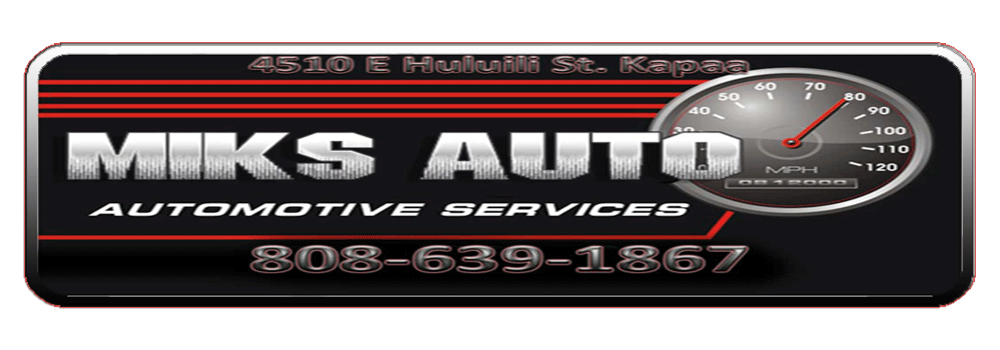 I have been servicing vehicles since 1990 and have in the last few years seen a drastic increase in the amount of sludge in a growing number of vehicles.
I have been servicing vehicles since 1990 and have in the last few years seen a drastic increase in the amount of sludge in a growing number of vehicles.A recent customer had just bought a 2001 Dodge Dakota v8 and towed in because the oil pressure was fluctuating from 0 to 40psi, I pulled the valve cover and what I found was astonishing to me. I have never in my 20+ years seen so much sludge in an engine.
The removal and flushing is in my own opinion an expensive repair. For instance a typical bill for just cleaning the oil pan in this particular vehicle is $700. Think about that the next time you don't have your oil changed on time. Regular oil changes can and probably will save you thousands of Dollars.
Vehicles effected-
97-2002 most makes and models
Symptoms-
*fluctuating oil pressure from normal to 0
*visible sludge in oil cap-tan or white
*knocking or tapping
How is sludge formed?- oils suspend contaminants so they do not settle on engine parts and cause wear . When the oil becomes saturated with contaminant particles the particles stick to each other causing a Gel which is commonly called sludge. It is ABSOLUTELY impertinent to perform oil changes before sludge(gel) is formed. I recommend following the heavy service interval specified in your owners manual. Synthetic oil does not prevent these contaminants but are marginally better at suspending more contaminant particles.
SluWhy- In 1996 more strict federal emissions standards were passed.Fuel mixtures started to run leaner, leaner mixtures cause higher combustion temps. When nitrogen in the air is raised to higher temperatures it is converted into contaminants . Around 1996-97 Oil sludge became a major problem.
Mik's Recommendations-
*Have your oil and filter changed at NO MORE THAN 3000 miles (NOT ONE MILE OVER)
*Have your oil system flushed every six months
*use synthetic oil
*use a WIX 1 quart filter (I am not sponsored by Wix)
*install longer pickup tube and over sized oil pan(-more oil capacity= less contaminant per measure)
*Change your coolant regularly
*Have your pcv valve checked





